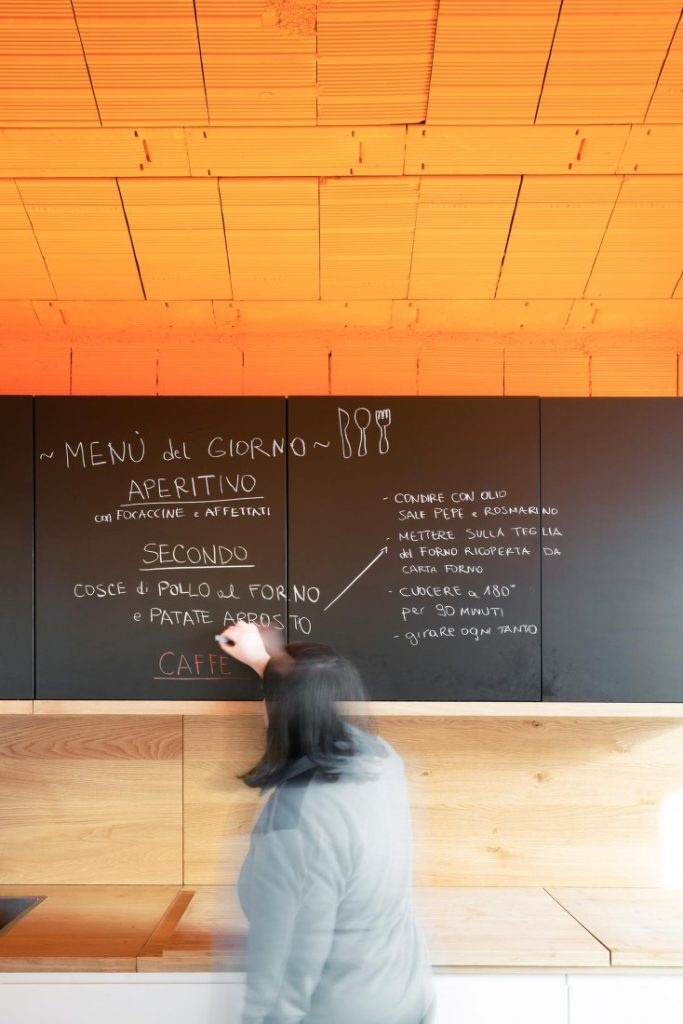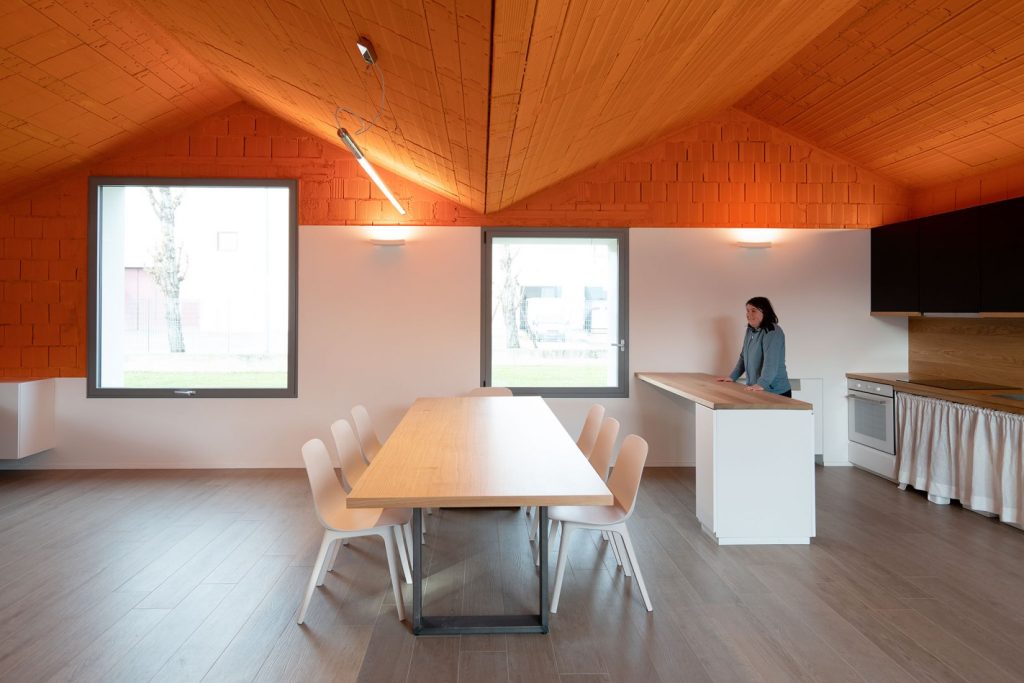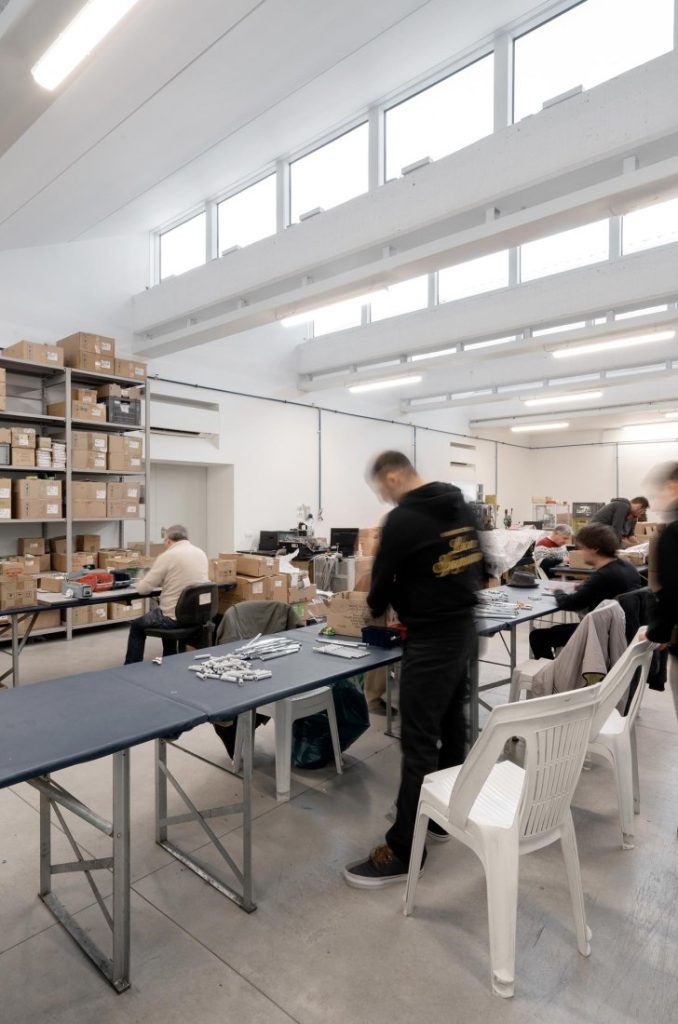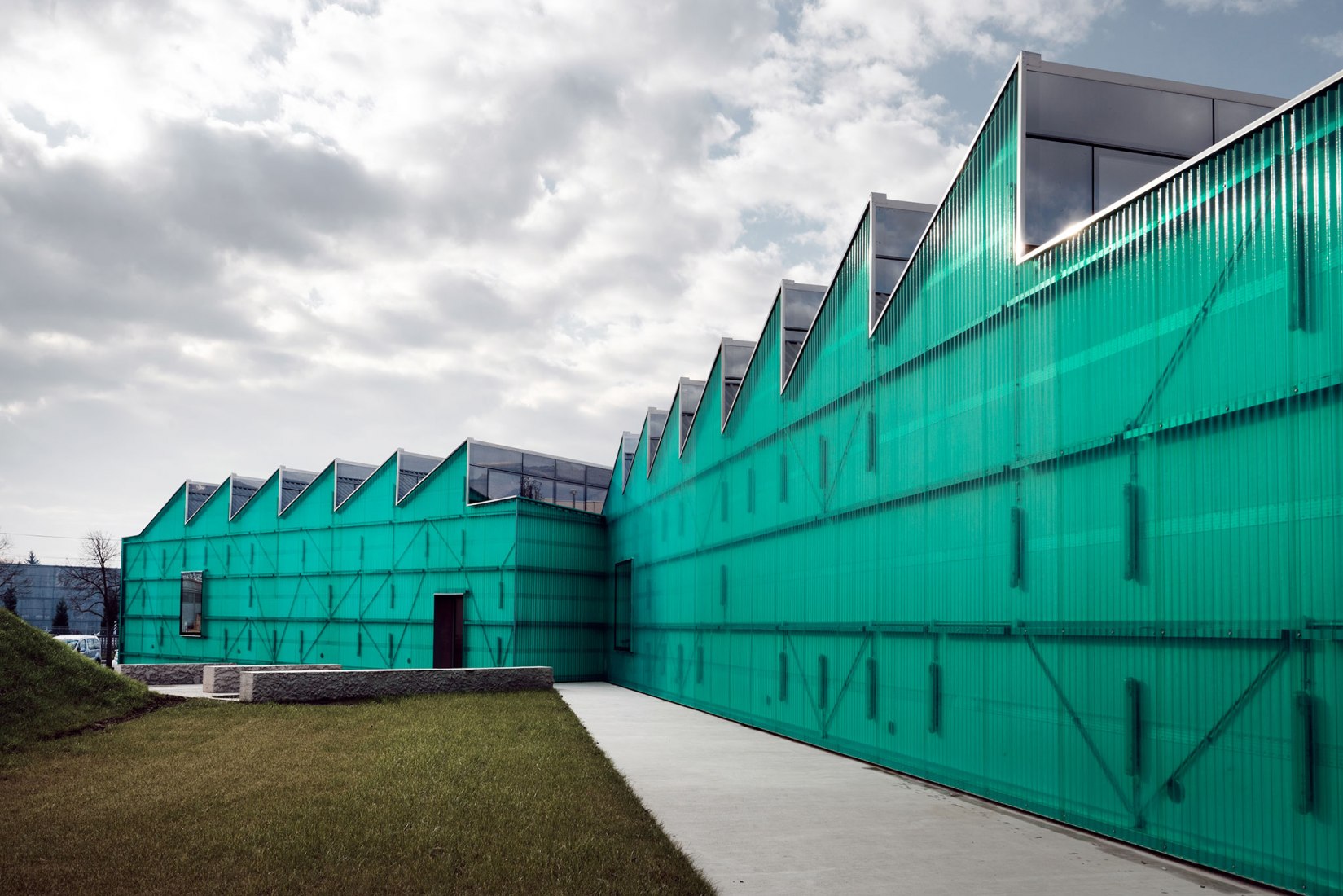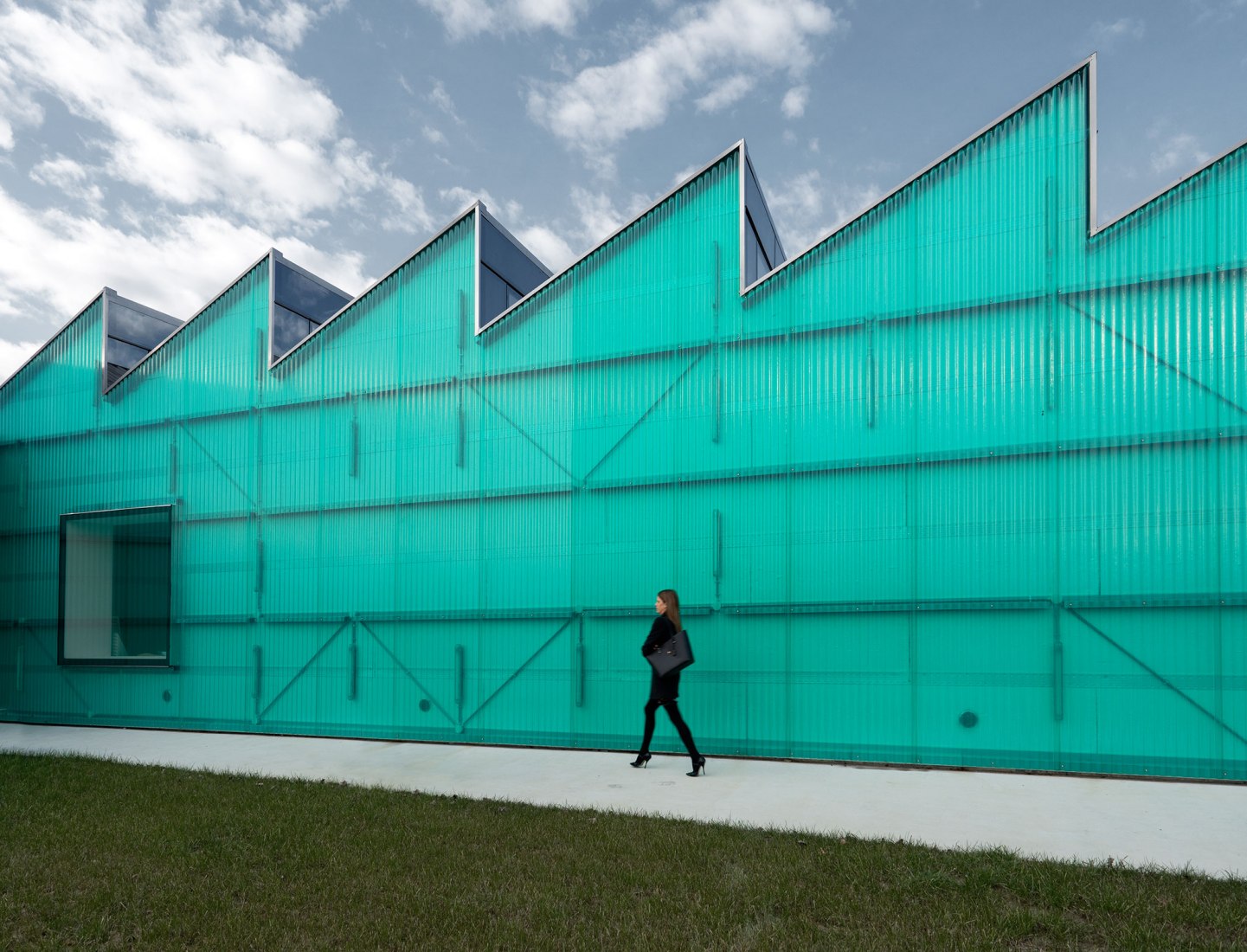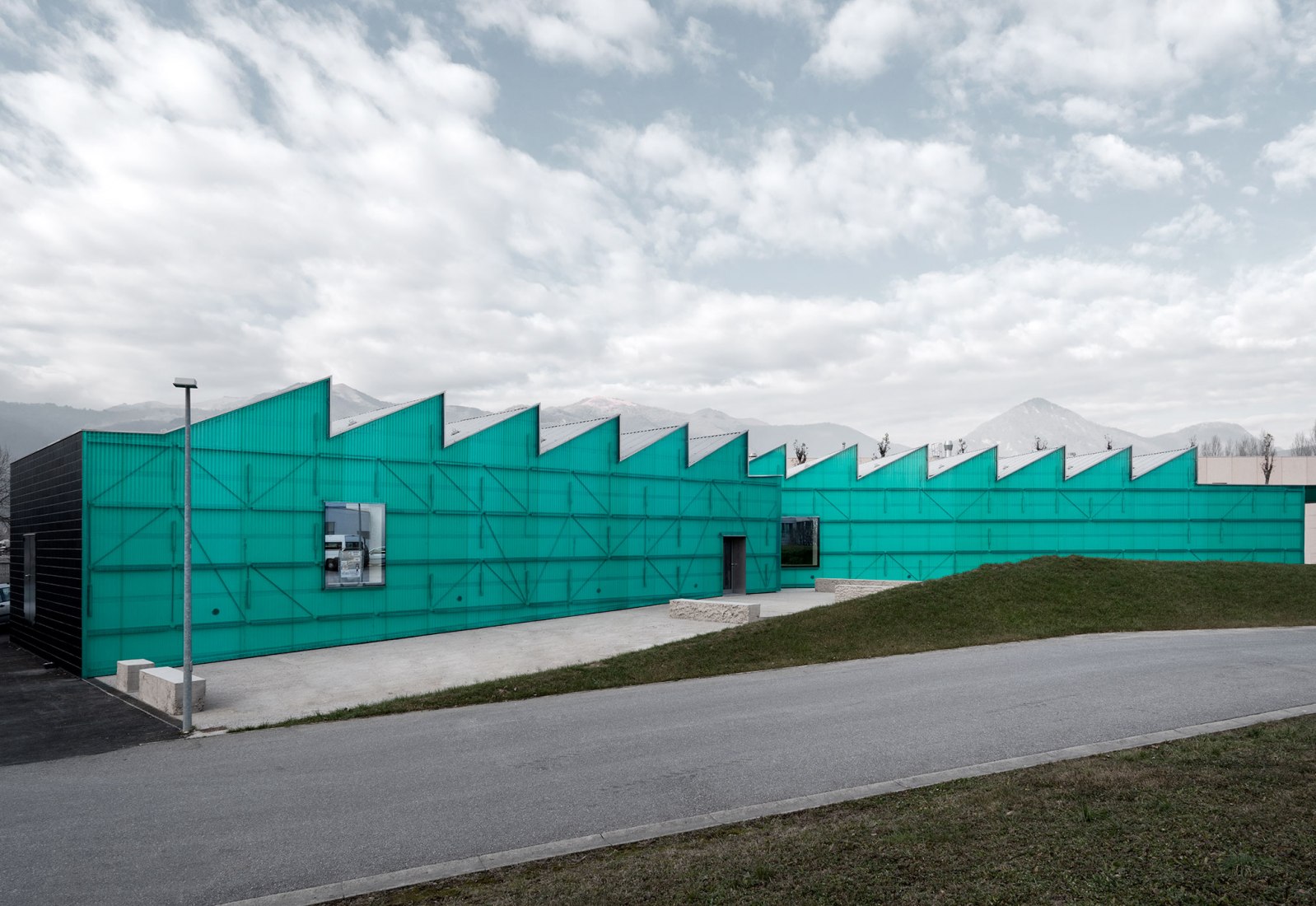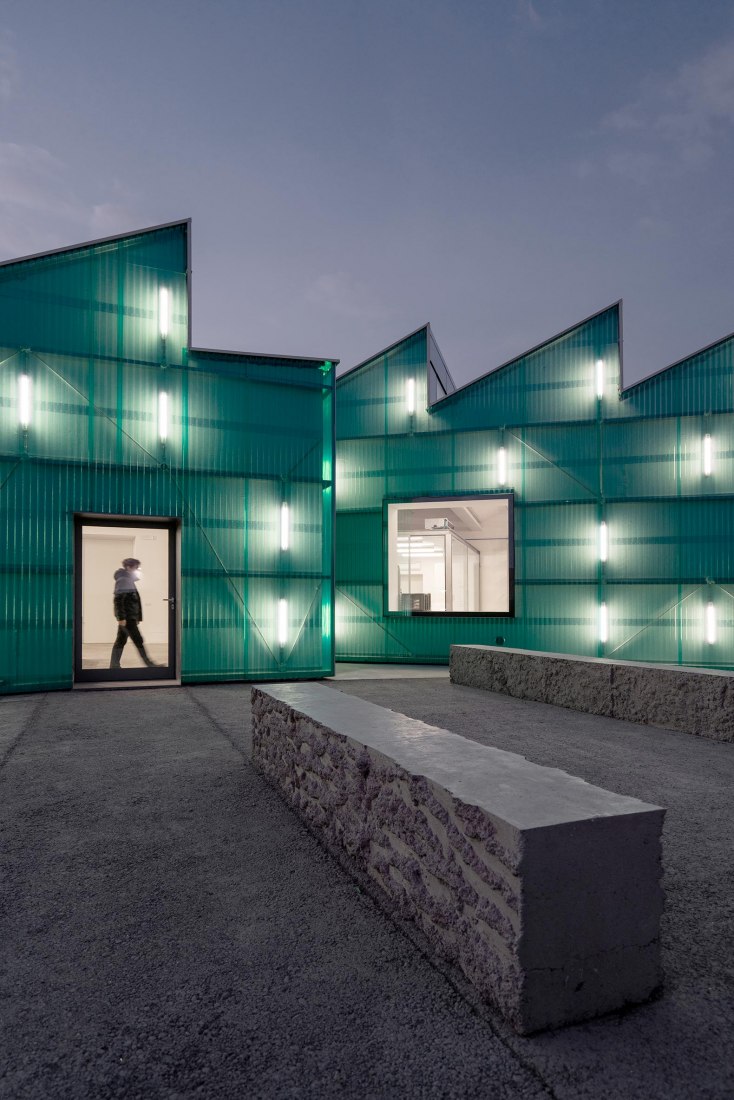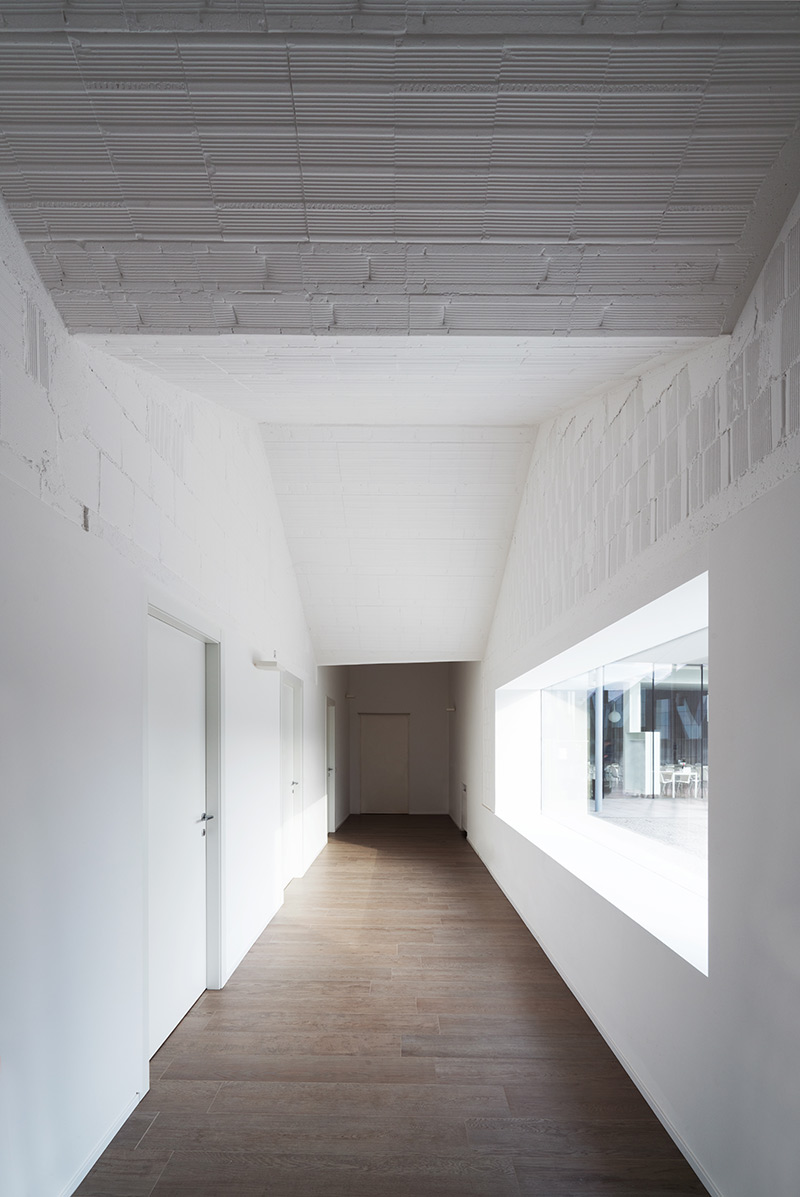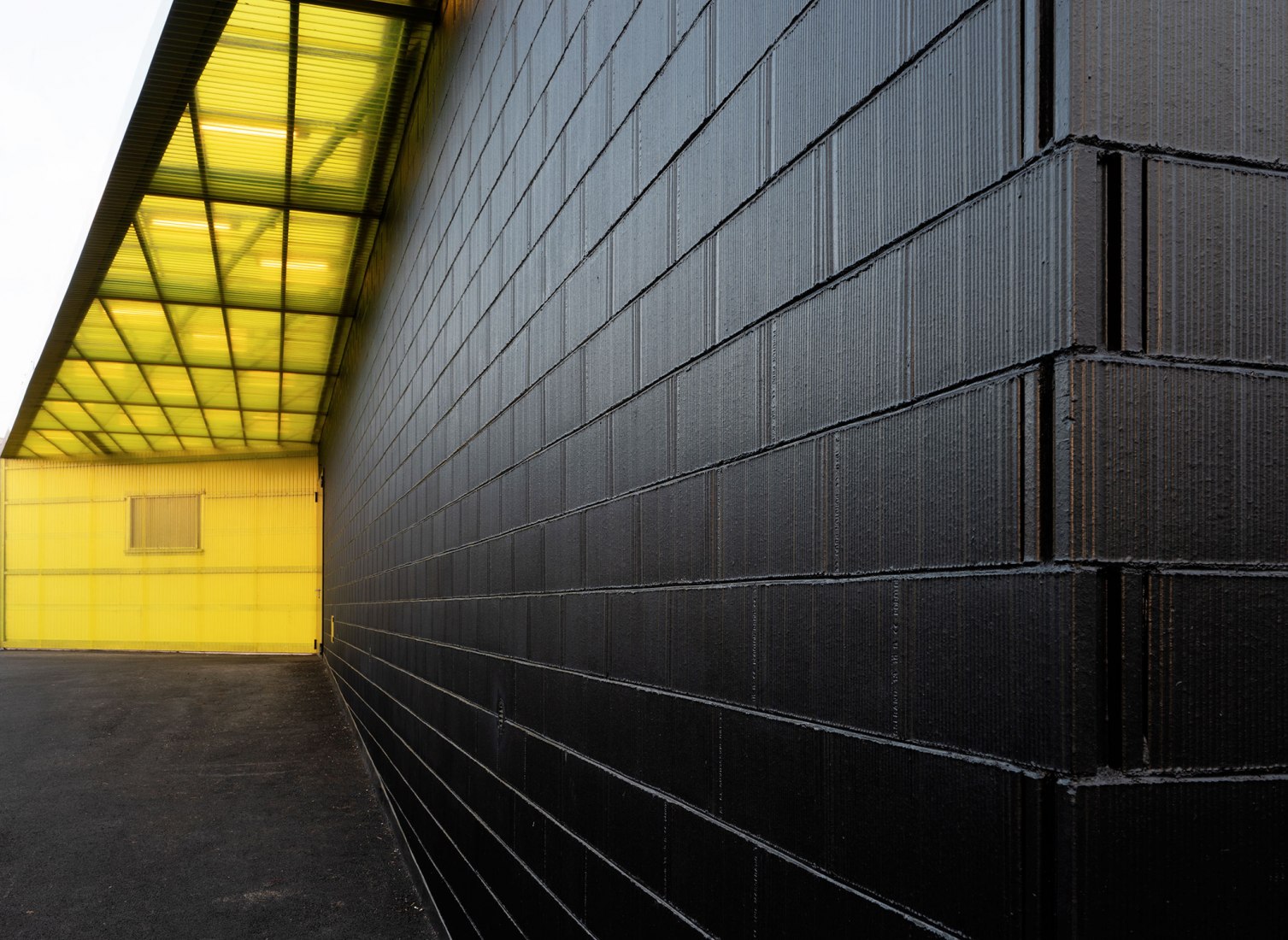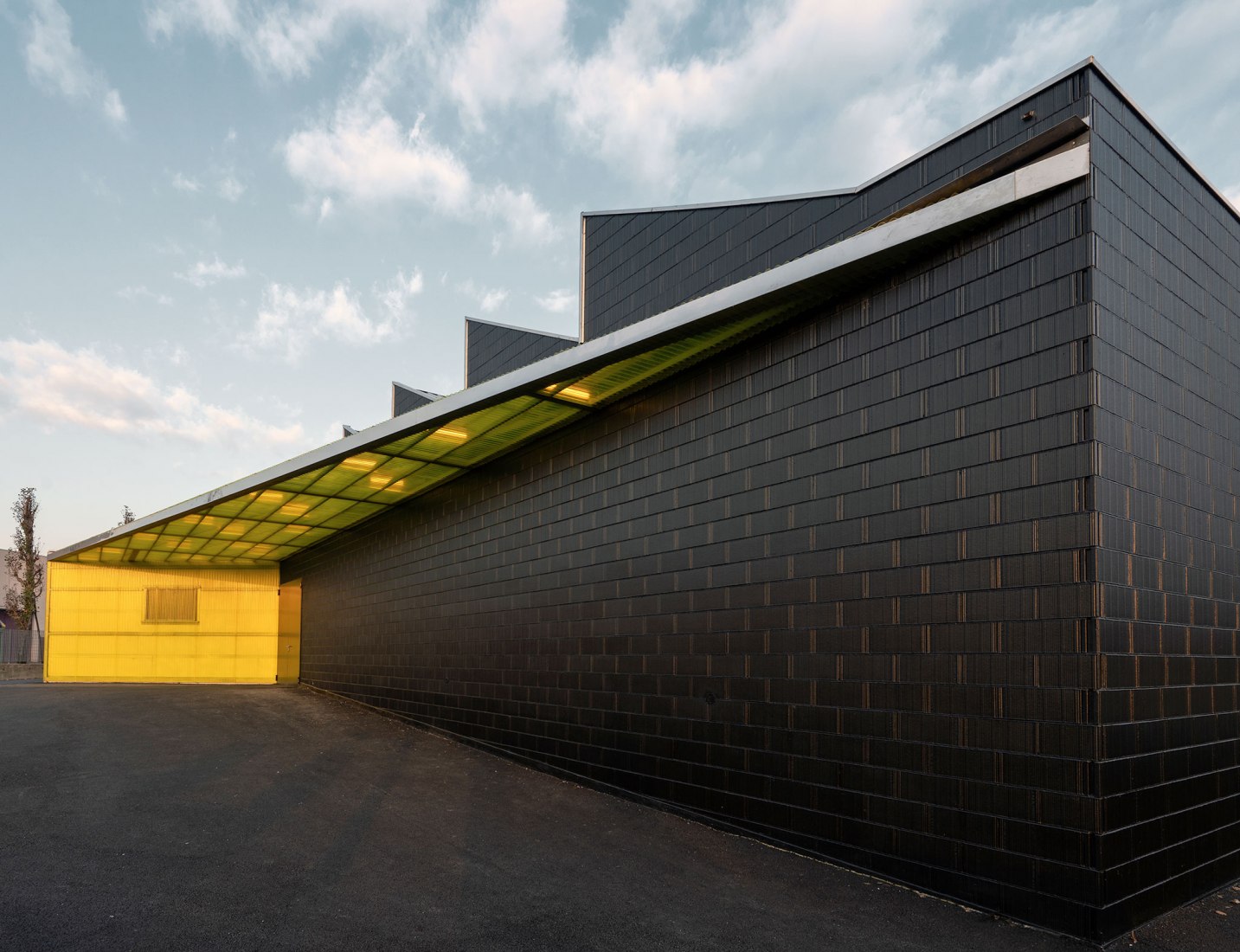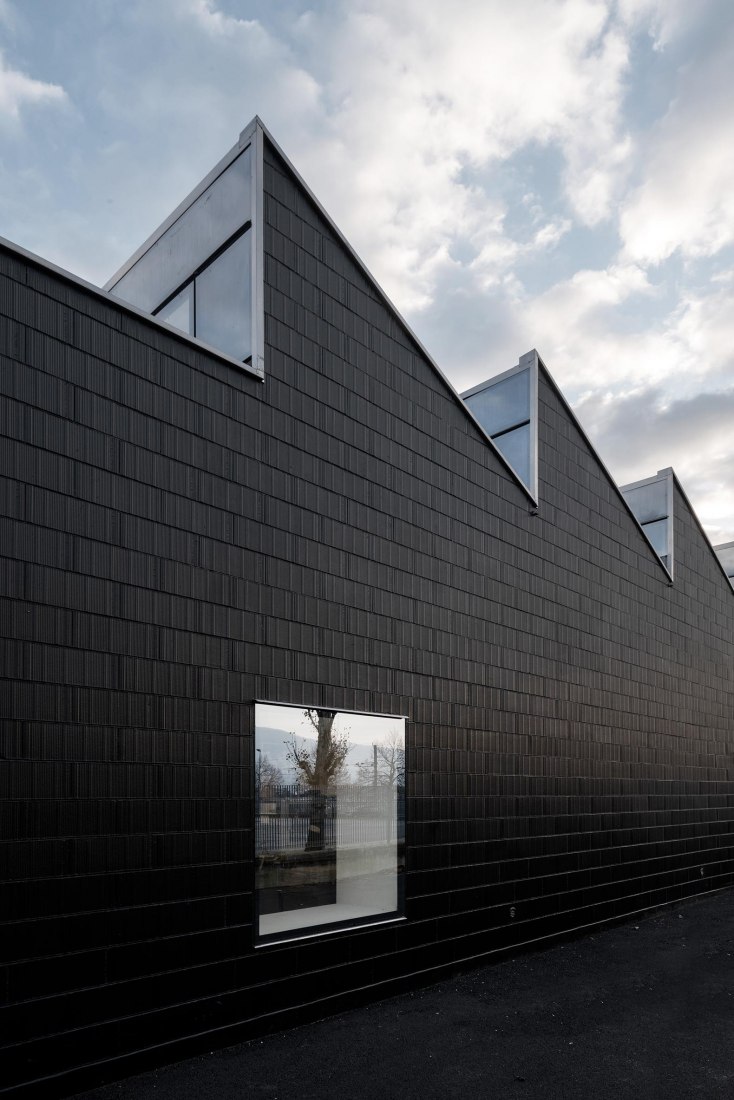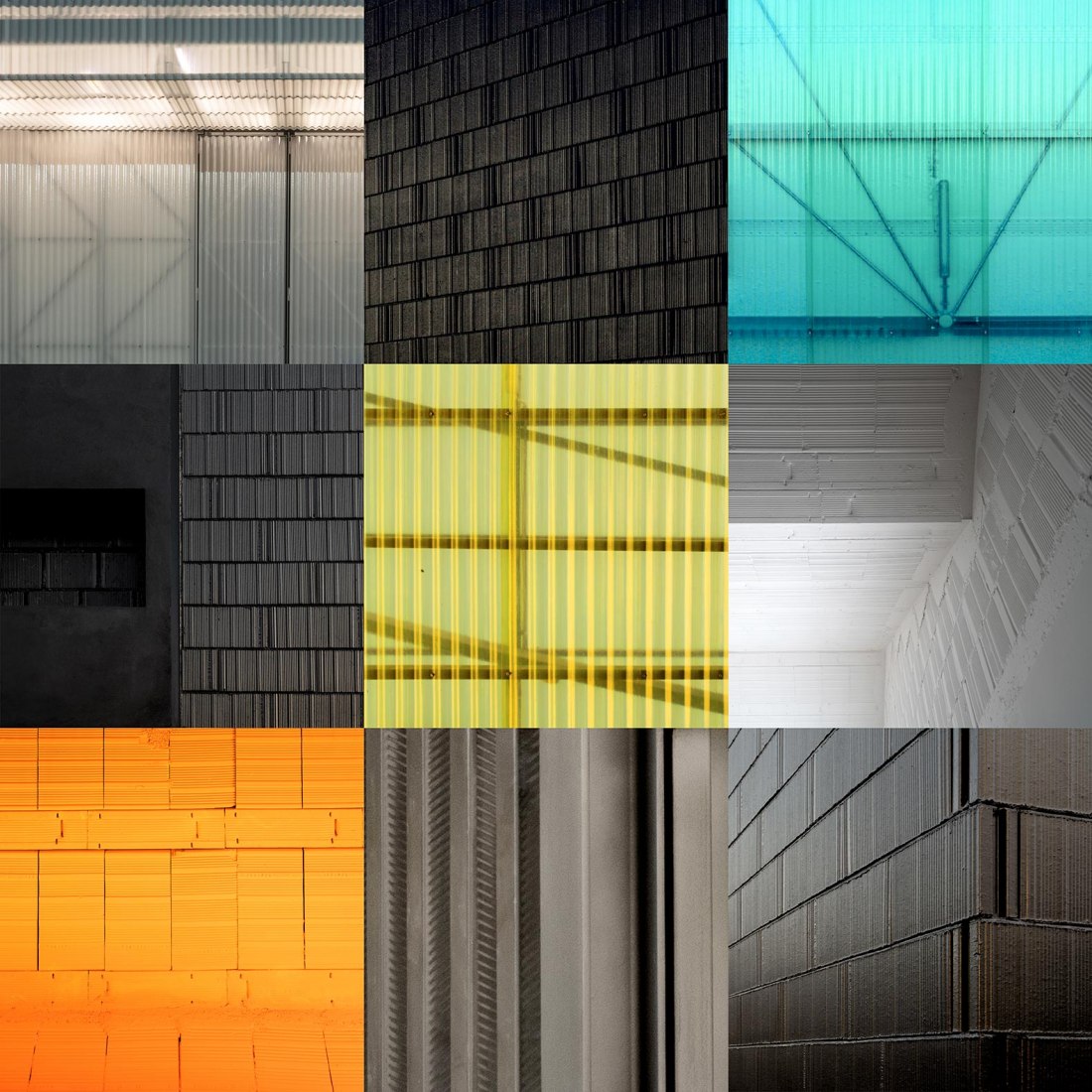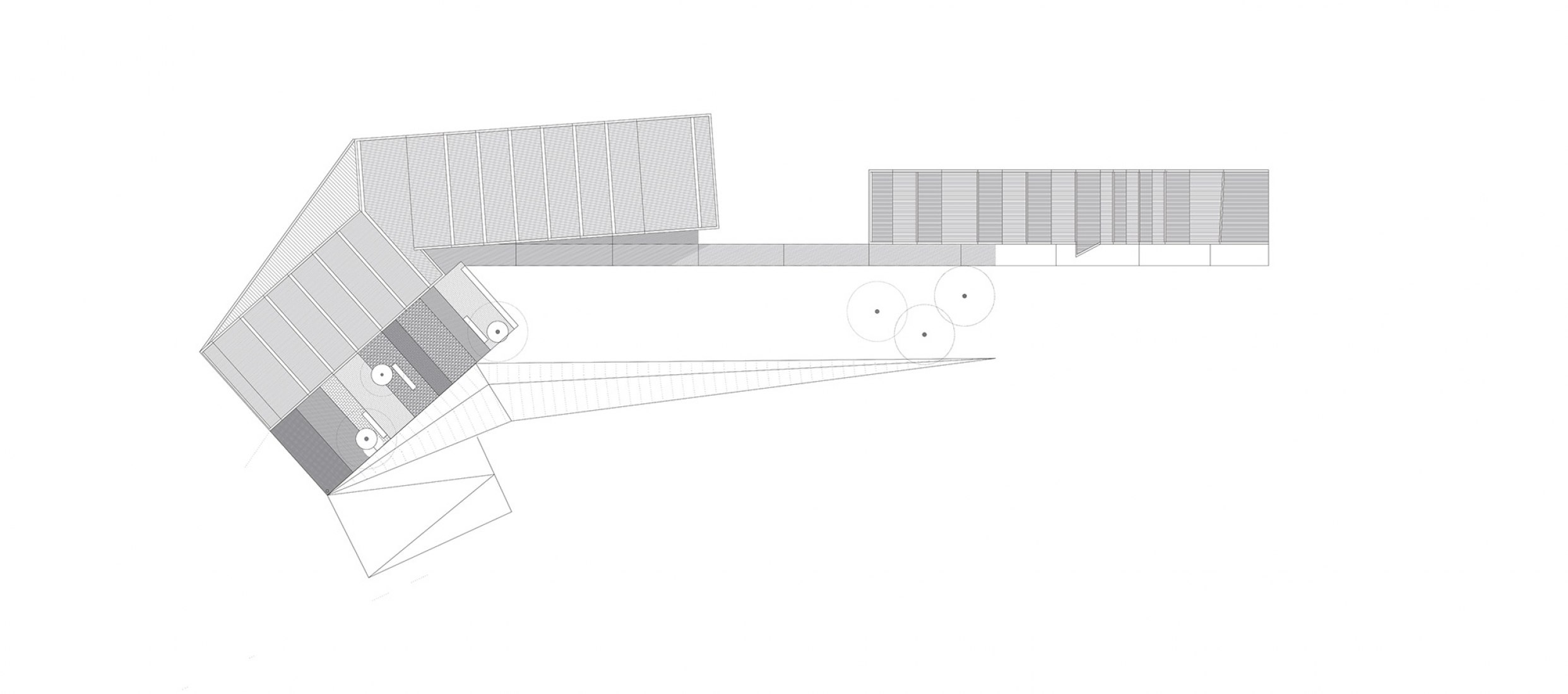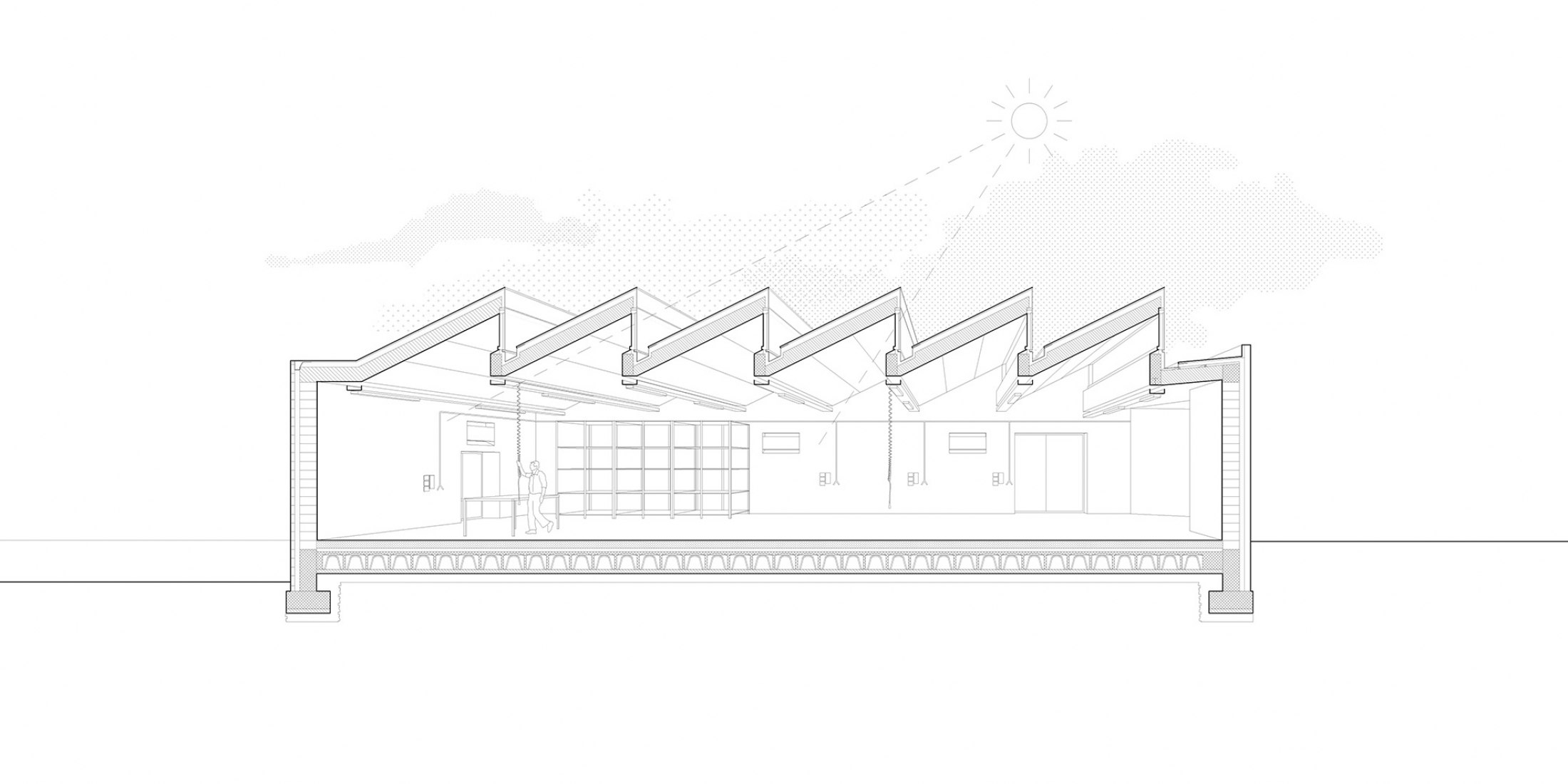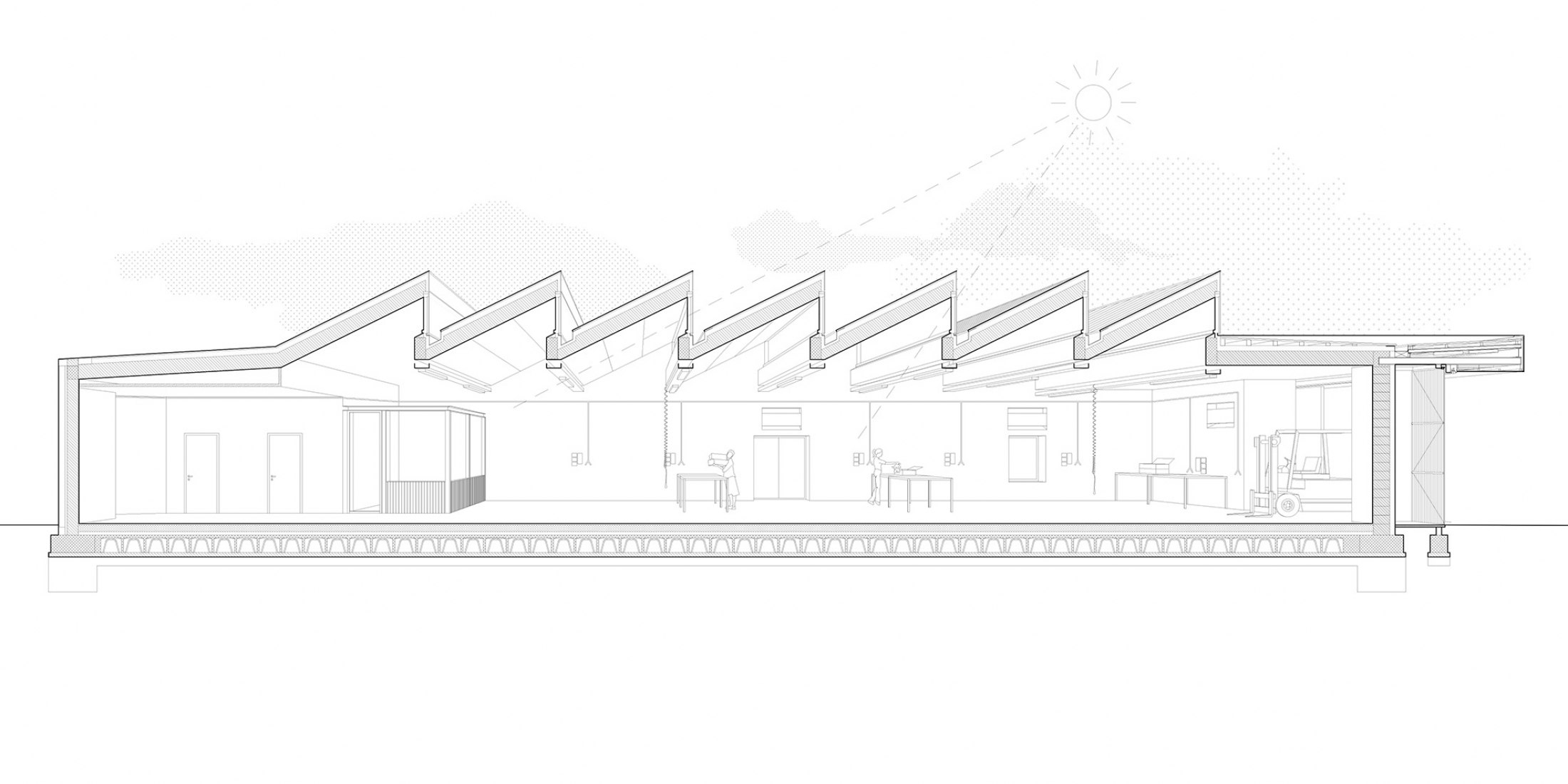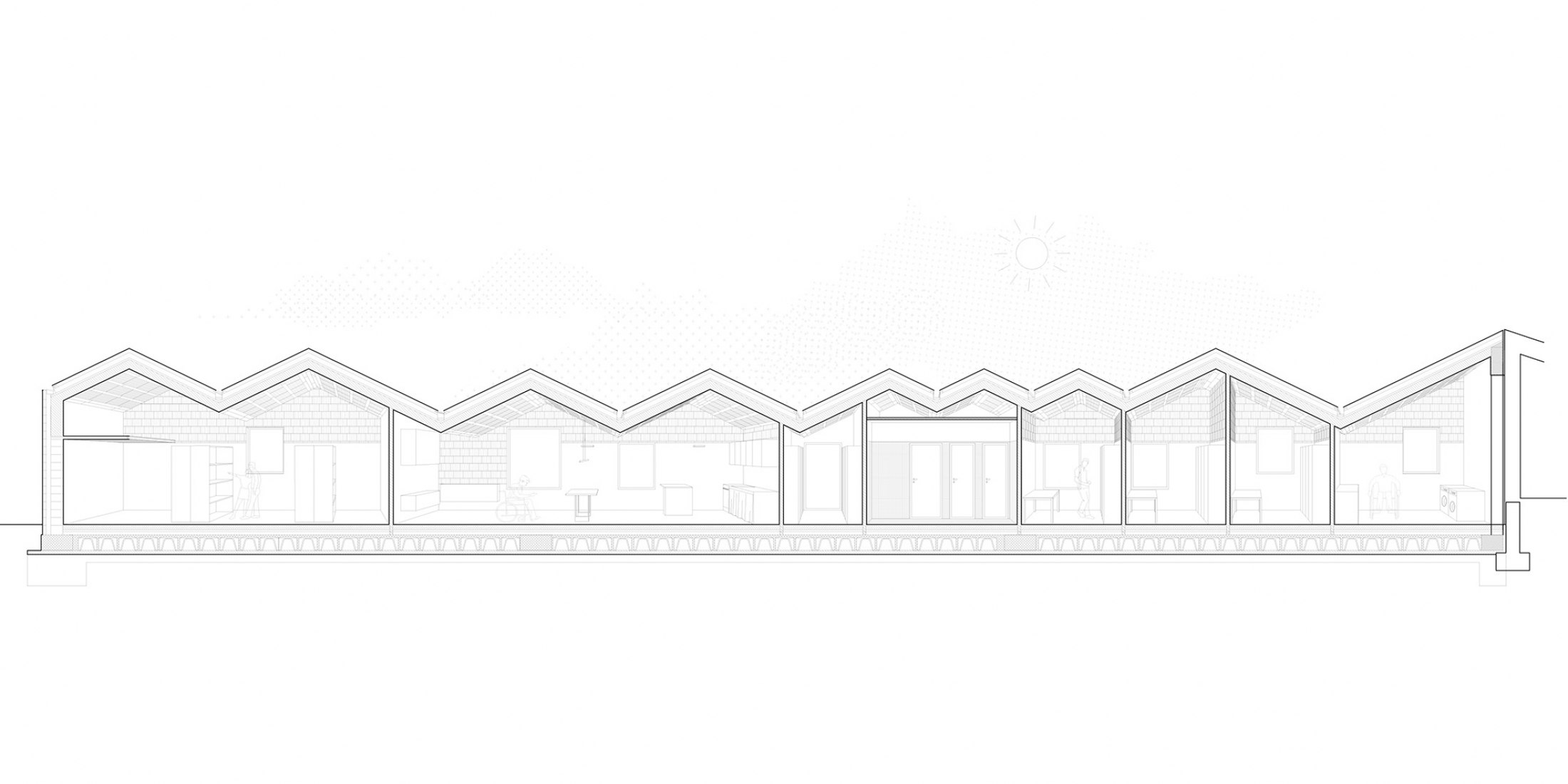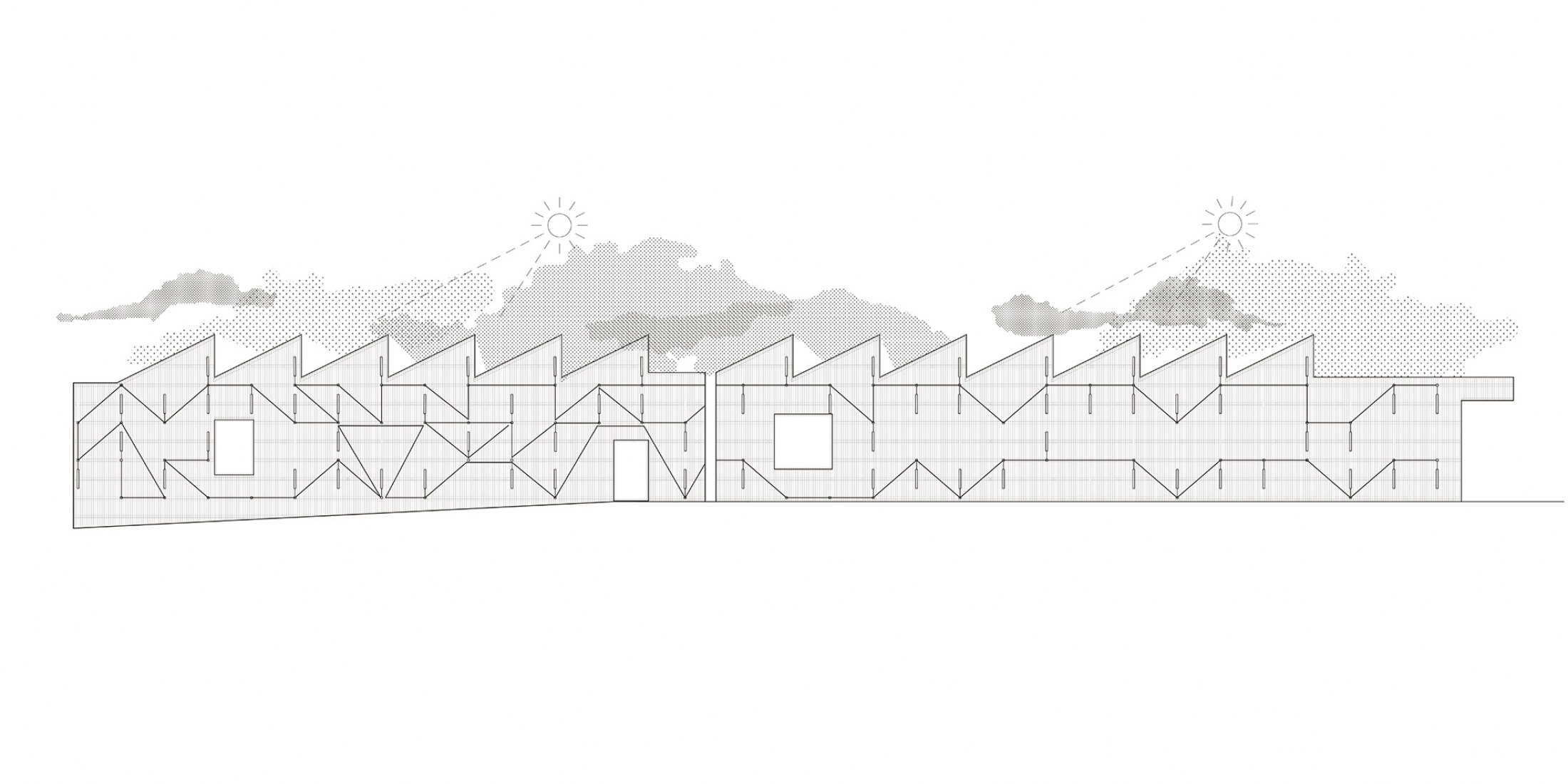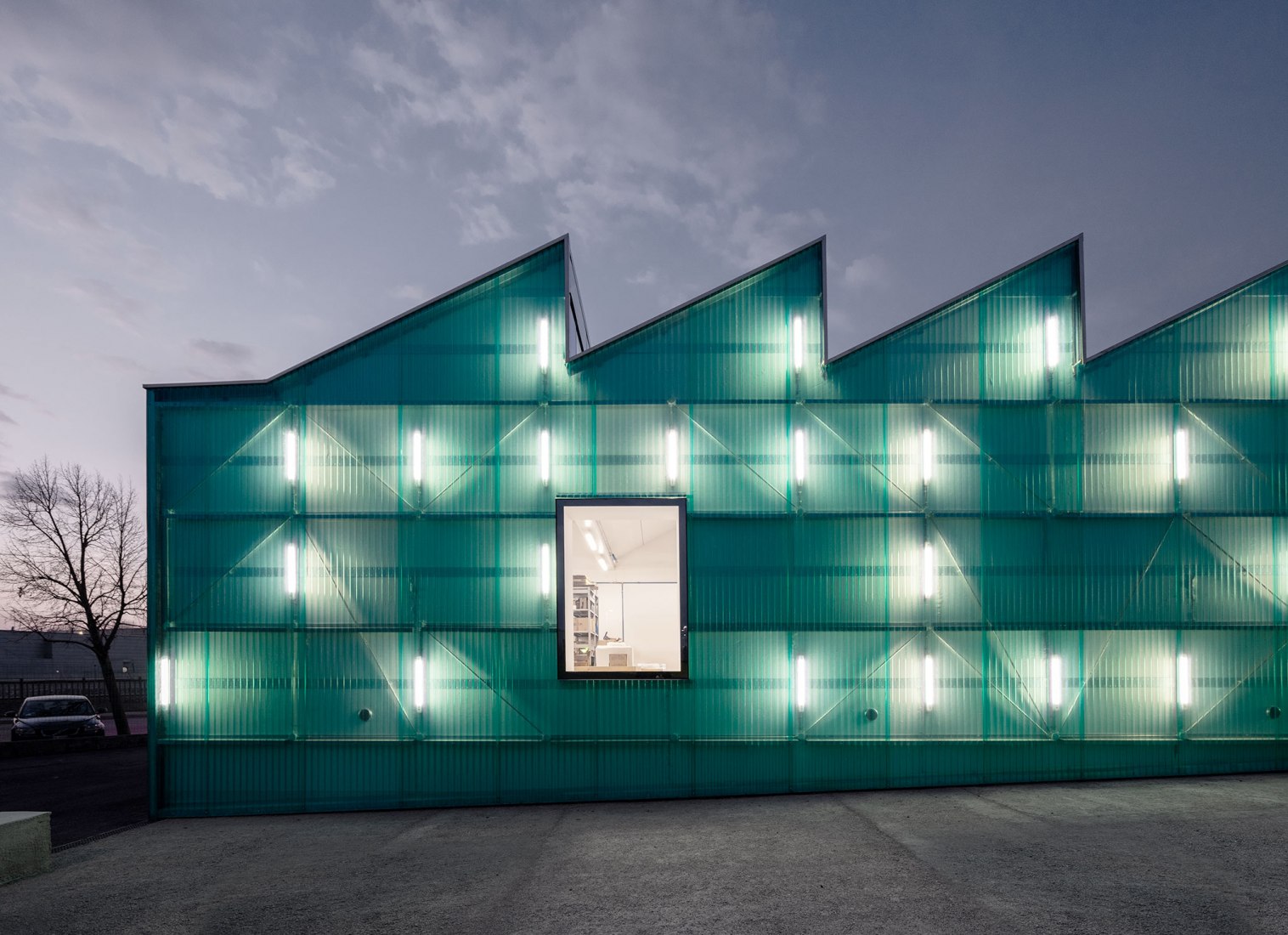
ifdesign wins the 2021 Italian Architect of the year prize with The Artisan Laboratories and Socio-Educational Center buildings located in Erba
Met last November 5 in Venice and chaired by architect Jette Cathrin Hopp, the jury awarded the 2021 Italian Architect of the year prize to Franco Tagliabue Volontè and Ida Origgi. Founders in 2002 of the ifdesign studio, they received this important recognition for the Artisan Laboratories and Socio-Educational Center buildings completed in Erba in 2019, an intervention that also received an honorable mention in the “New Construction” category.
According to the jury, the project “stands out for a program that is both delicate and complex. Work activities and other activities aimed at education and autonomy of the guests features an optimal articulation and organization of the spaces. The direct participation in the project of the guests of the center – all with cognitive problems – contributes to conferring further social value to the theme”. Published on issue 64 of IQD, in the section entitled “Shared Intelligences” curated by architectural firm TAMassociati, ifdesign’s project, which has become an asset for the community, demonstrates that the role of architecture is to interpret the reality and to respond to its needs.
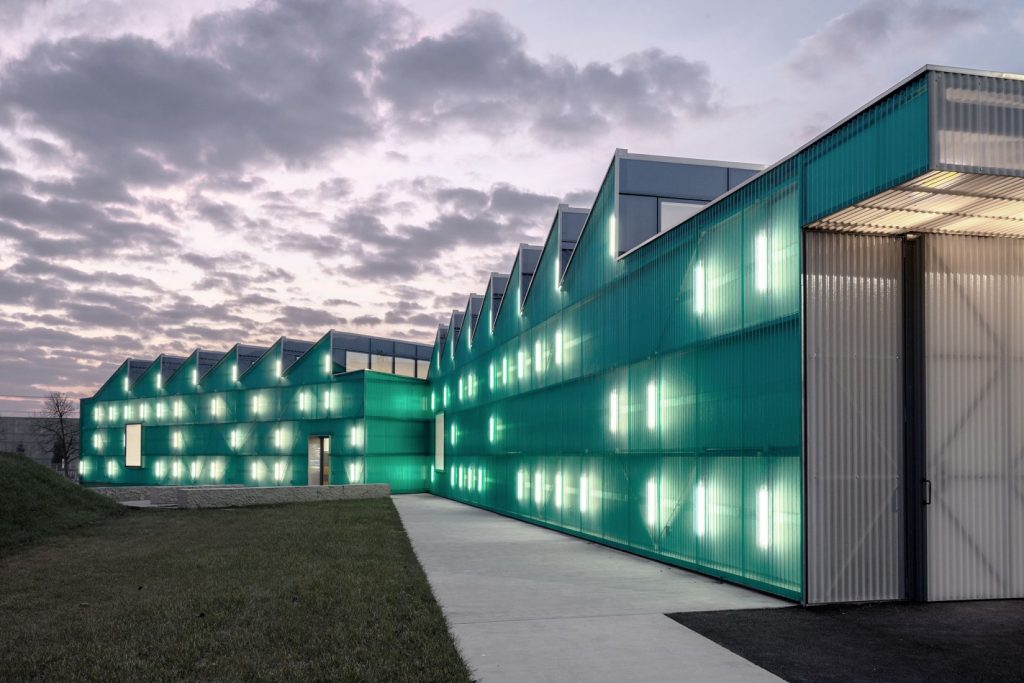
The Artisan Laboratories and Socio-Educational Center buildings located in Erba, which are part of a complex dedicated to the care of disabled people, complete a program that also includes a canteen-restaurant, a multipurpose hall and some open spaces. The aim of the non-profit association was to convey the message that disability should not be considered as impairment, but as a different point of view.
The building itself, which has been offering spaces to citizenship for years, has been developed around the idea that a difficult condition can become a heritage for the community; the use of so-called poor materials – a choice dictated by the economic conditions – has become the symbol of a radical and more expressive language.
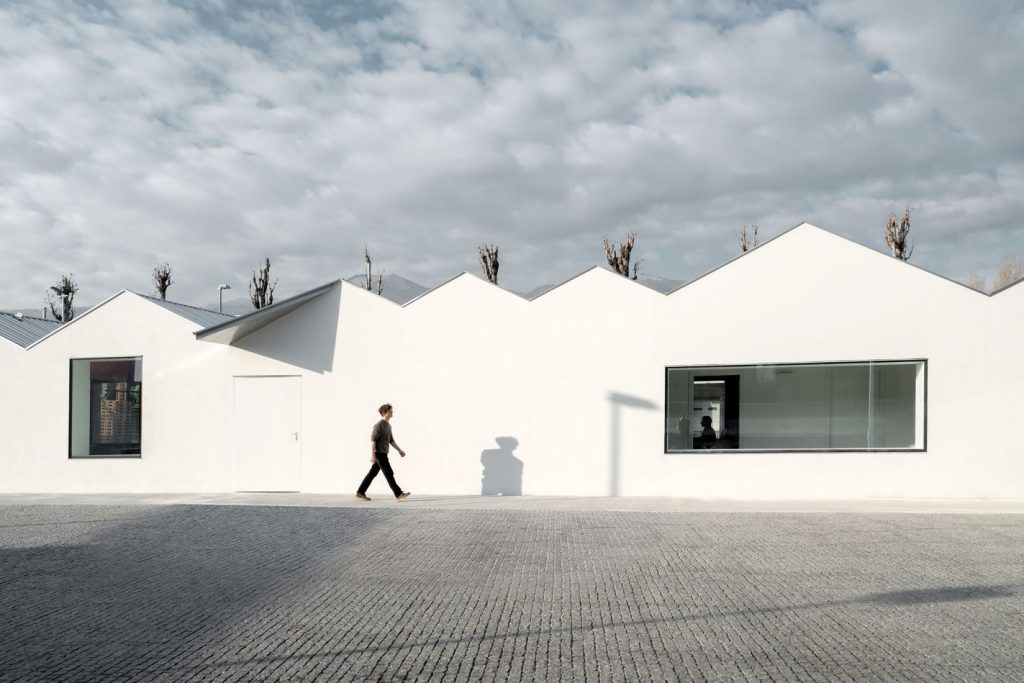
The Socio-Educational Center houses a sequence of spaces with three small offices, a laundry room, a warehouse and the studio, with sofa beds, television and kitchen block where the guests of the center can practice some collective autonomy- and learning-oriented daytime activities. This space can accommodate some occasional guests also for the night.
The laboratory is a working space where 20-25 people, mostly disadvantaged, that is, with disabilities or other problems – for example people entrusted to social services – assemble components for third parties. Some sheds bring natural light into the spaces, which are completely empty, except for the small office box and the locker room block.
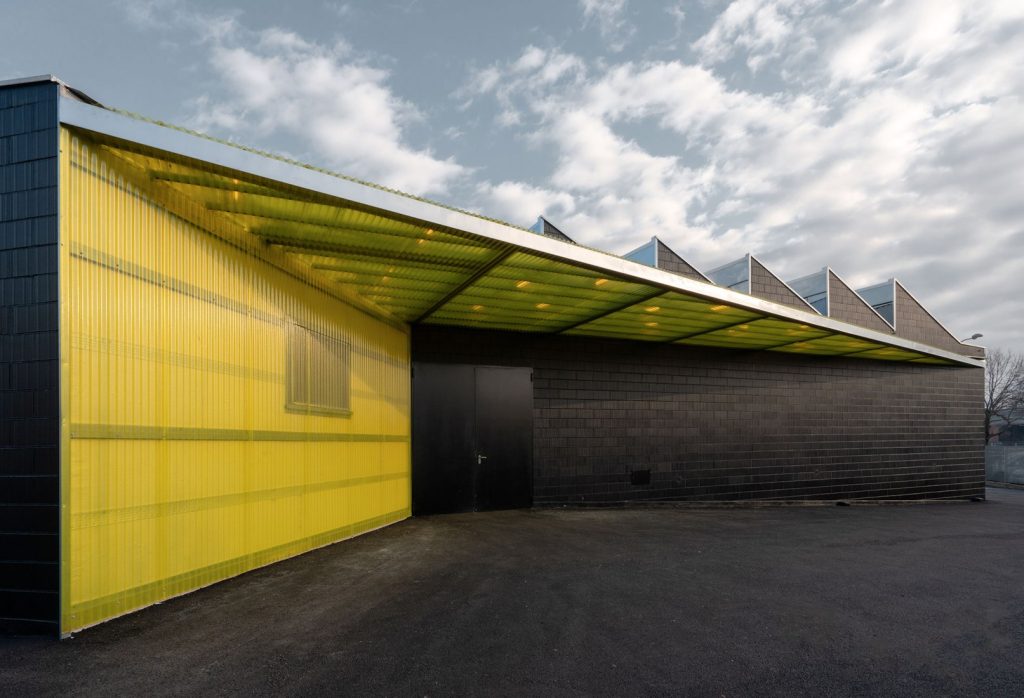
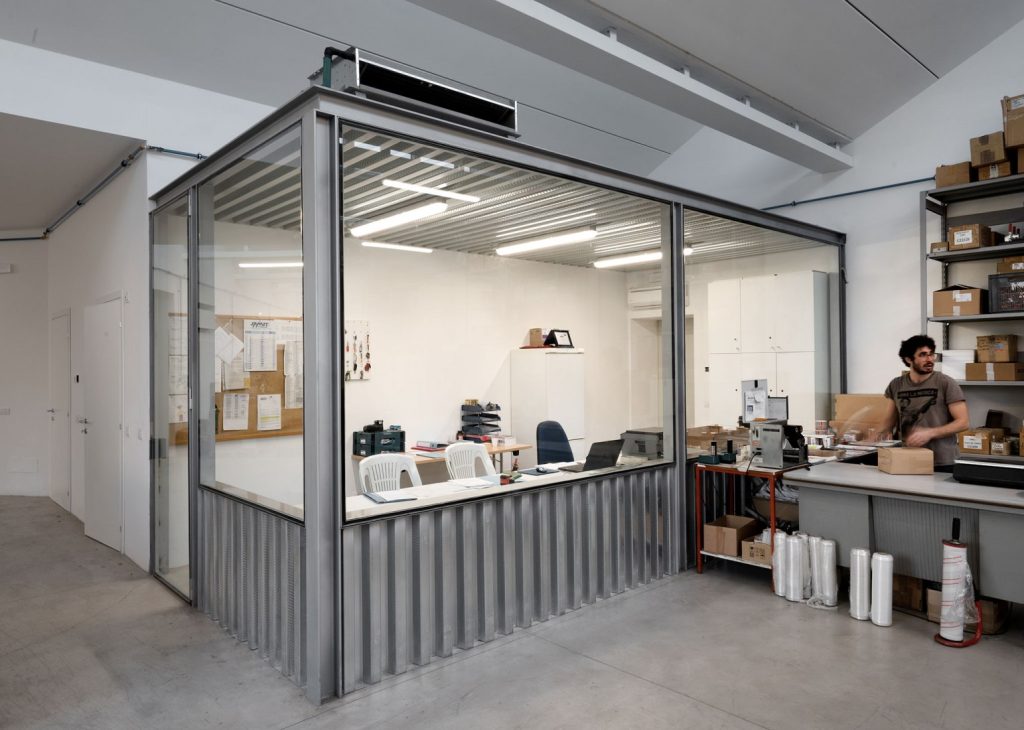
Due the lack of public funds for both management and construction, the building is based on the maximum cost containment of materials. The green fiberglass façade has a very low cost, but it is nevertheless able to provide a strong expressive character to the building. This material protects and at the same time reveals about 50 linear LED lamps that illuminate the square before the pedestrian entrance.

The idea is that the lights, the naval metal pipes through which the electrical wires are run, and the round junction boxes represent a sort of nervous system of the building. For this reason it was considered particularly interesting to let the guests of the center design the building layout freely and according to their own personal interpretation. During a one-day workshop, each one of them produced a two-dimensional model of the façade using woolen threads, matches and drawing pins.
People with Down syndrome, with PTSD with comprehension and communication problems, or blind people participated as well. In some way, the layout reflects the type of their mental problem, sometimes obsessively rigorous, sometimes particularly elaborate and cheerfully confused. The radical decision to leave the power supply lines in plain sight has suggested the use of metal pipes that run along illogical and sometimes very complex routes. It was decided to respect the original design even where the layout was particularly illogical, but extraordinarily creative.
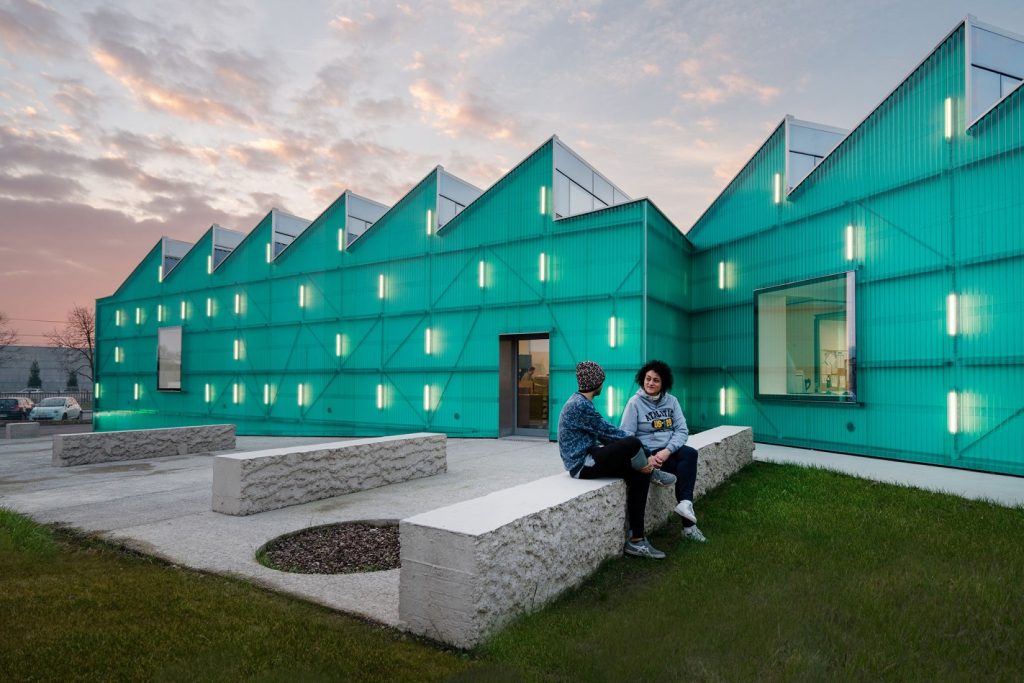
The benches, as well as the pavement of the square, are made of solid earth, composed by aggregates and a completely recyclable natural binder. Cost-containment decisions have been taken also in rear elevations, which are devoid of plaster and finished with load-bearing masonry in exposed Poroton blocks coated in glossy paint, which reveal the building in its radical nakedness and represent an opportunity to elaborate and experiment with the textures and details suggested by the construction elements, which otherwise would have remained hidden.


